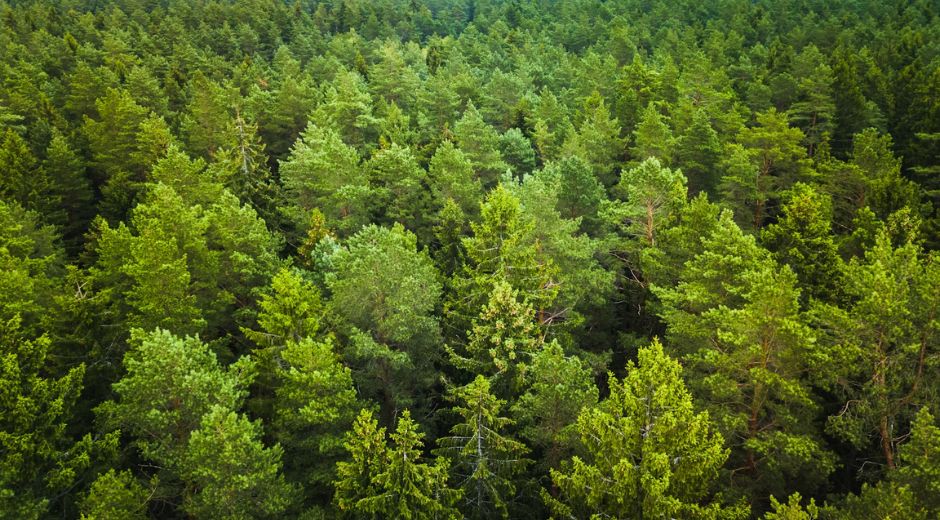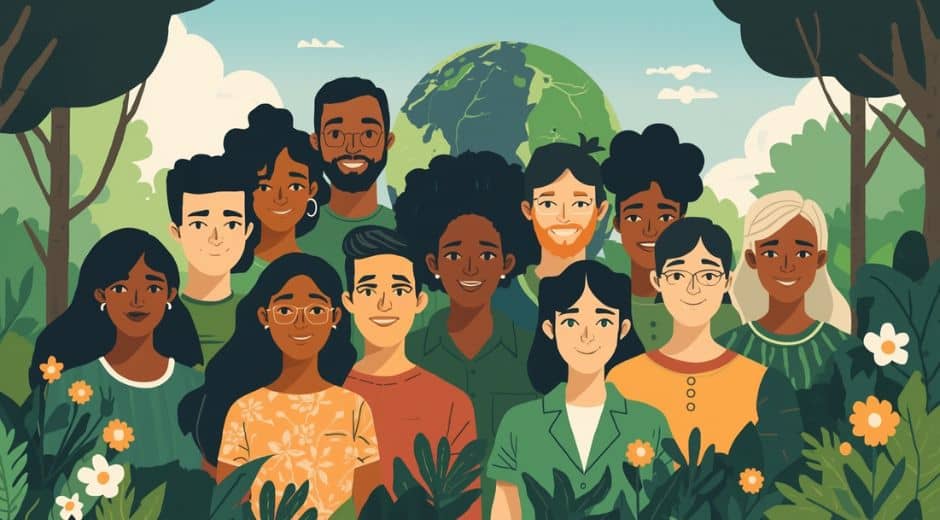8 Ways Forests Are Being Saved from Destruction
8 Ways Forests Are Being Saved from Destruction
Forests are among the most crucial ecosystems on Earth, supplying oxygen, shelter for countless species, and helping regulate global climate. Sadly, human activity over centuries has caused widespread deforestation, threatening biodiversity and environmental balance. Fortunately, innovative strategies, global collaborations, and local conservation efforts are now saving many forests, ensuring these vital habitats can continue supporting life. Protecting forests is not just about trees—it’s about safeguarding entire ecosystems that sustain humans, wildlife, and the planet’s health for future generations.
For background information about global forest conservation, you can check Wikipedia’s Forest Conservation page to learn more about initiatives and historical context.
1. Reforestation Projects
In Brazil, local communities have planted thousands of trees to restore degraded lands. Reforestation projects have revived habitats that were once barren, attracting birds, insects, and mammals back to these areas. These projects prove that even small efforts in replanting native species can rebuild entire ecosystems, providing both environmental and economic benefits. By restoring woodlands, local populations gain resources for sustainable livelihoods, while nature regains its balance.
How it helps: Planting native trees increases biodiversity and strengthens the soil, making forests more resilient to climate change while supporting wildlife corridors and long-term ecological health.
2. Sustainable Logging Practices
In Canada, lumber companies are adopting sustainable logging systems where only selected trees are harvested, and new trees are planted to replace them. By implementing careful rotation and selective cutting, these initiatives prevent clear-cutting, which devastates habitats. Communities benefit from timber without compromising long-term ecological integrity, and endangered species find safe spaces within managed woodlands.
How it helps: Sustainable logging balances economic demands with conservation, ensuring that forests continue to provide oxygen, shelter, and natural resources for both humans and wildlife alike.
3. Protected National Parks and Reserves
Countries like Costa Rica have expanded protected areas to conserve vast forests and prevent industrial exploitation. National parks allow ecosystems to flourish naturally, giving wildlife populations a chance to recover. Tourists and researchers can enjoy these green areas responsibly, contributing to local economies while learning about the importance of preserving natural habitats.
How it helps: Restricting human activity and monitoring parks ensures forests remain intact, protecting delicate ecosystems from encroachment and fostering natural regeneration over time.
4. Community-Led Forest Management
Indigenous communities in Africa lead local conservation initiatives, using traditional knowledge to maintain forests sustainably. They combine cultural practices with modern techniques to manage tree habitats responsibly, often creating protected areas that support endangered species. These efforts show that local stewardship can be one of the most effective ways to conserve ecosystems.
How it helps: Empowering communities reduces illegal logging and degradation, ensuring forests thrive and provide food, shelter, and ecological services for generations to come.
5. Forest Fire Prevention Programs
Australia and the United States have implemented early warning systems, controlled burns, and rapid response teams to prevent catastrophic fires in vulnerable forests. These programs protect both natural habitats and human communities, preserving biodiversity and carbon storage in tree habitats.
How it helps: Fire prevention initiatives safeguard forests, preventing large-scale destruction while allowing ecosystems to recover naturally, maintaining ecological balance and long-term resilience.
6. Afforestation in Urban Areas
Cities in India and Europe are planting urban forests and green belts to offset deforestation, improve air quality, and provide recreational spaces for residents. These efforts connect people with nature and educate them about environmental responsibility, turning concrete jungles into sustainable spaces with living greenery.
How it helps: Even small urban tree habitats support biodiversity, reduce heat islands, and increase public awareness, demonstrating how local action can complement global conservation strategies.
7. Eco-Friendly Certification Programs
Companies using certified sustainable products, like FSC-certified wood, encourage responsible forest management worldwide. Moviefil has highlighted several eco-friendly initiatives that motivate consumers to choose sustainable options, ensuring their purchases contribute to conservation efforts.
How it helps: Certifications provide economic incentives to protect forests rather than exploit them unsustainably, allowing woodlands to continue supporting wildlife, local communities, and climate stability.
8. Legal Frameworks and International Agreements
Governments globally are signing treaties and enforcing laws to combat illegal logging and deforestation. International cooperation ensures that policies align with ecological needs, protecting vulnerable ecosystems and endangered species in tree habitats worldwide.
How it helps: Legal frameworks safeguard forests, reducing destruction caused by unregulated industrial expansion and ensuring that natural habitats remain for generations to come.
Final Thought
Protecting forests requires global awareness, local action, and strong policies. From community-led management to urban afforestation, each initiative contributes to preserving these vital ecosystems. Explore more in-depth conservation guides, inspiring stories, and practical tips right here on BionatureVista, where nature preservation and sustainable practices are brought to life.
Nature Inspires Every Step

How Tundra Wildlife Survives Extreme Arctic Conditions
How Tundra Wildlife Survives Extreme Arctic Conditions

Life Above the Trees: Exploring the Rainforest Canopy
Life Above the Trees: Exploring the Rainforest Canopy













